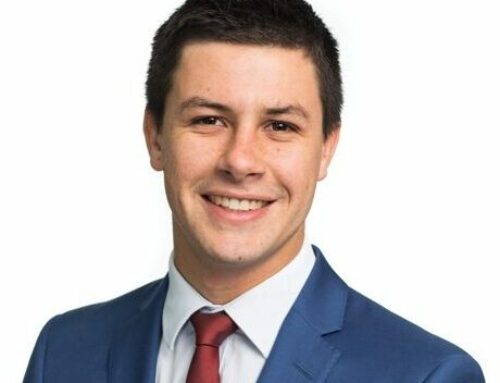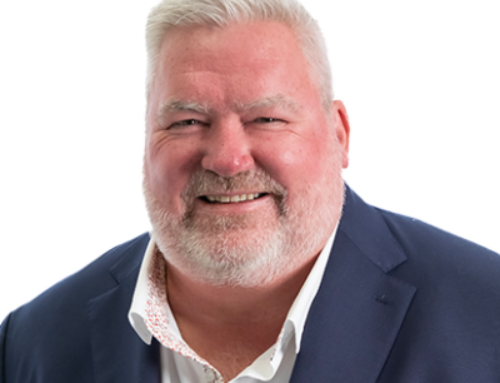Since joining NDY Laura has worked on a wide range of projects and market sectors as lead mechanical engineer and project manager. She is currently an Associate Director in the NDY Brisbane office and the mechanical section manager.
Taking advantage of every opportunity to gain a variety of international experience, in 2018 Laura was seconded to our Tetra Tech High Performance Buildings Group colleague, Cosentini, in New York. She then joined NDY’s Vancouver office in 2019 before returning to Brisbane.
Here are some reflections from Laura on her career to date, including one of her favourite projects, a confidential co-working office space on Broadway in Times Square, New York City.
What inspired you to become an engineer?
I became an engineer through a love of maths and science in high school and a very encouraging maths teacher. In school I naturally gravitated towards maths and science and even though I attended an all girls school I persisted to study physics through distance education with the support of my maths teacher. When considering what I would study at university she was a key person in suggesting engineering as an option.
Why mechanical engineering?
I initially started university in the general engineering first year, thinking I would become a structural engineer. Part way through that first year I made the decision to focus on mechanical engineering because I enjoyed the challenges it presented. At the university I studied at there was an option for a dual major in mechanical and materials, which I took.
What’s your career highlight project?
Working on a project for a co-working office space client on a number of buildings in New York, the one that stands out is one that was on Broadway in Times Square!
Tell us about the mechanical engineering on this project.
This project was particularly challenging as a lot of buildings in New York are quite old and fitting air conditioning into a building that didn’t originally have it was a challenge. There were a number of challenges including coordination with the architect to get outside air into the building via an existing window, building a condensing unit deck 14 levels up off the side of the building while maintaining service access to the units. As with any existing building there were challenges we solved as the project was being constructed, as things were uncovered during the construction process which weren’t as we expected when designing.
What innovative new approaches are you seeing when it comes to mechanical engineering?
The mechanical engineering world continues to challenge itself with the latest and greatest technologies while also taking into account the global focus on sustainability. Buildings are responsible for 40% of global energy consumption and 33% of greenhouse gas emissions. Of that, mechanical systems represent 40-50%, so being able to influence that and continually explore more efficient and sustainable designs is pretty cool.
If you’ve worked across regions, countries, and/or Tetra Tech operating units, can you tell us about the key similarities and differences you’ve encountered when it comes to mechanical engineering and your projects?
The obvious difference is using imperial units versus metric which was challenging and I constantly found myself converting between the two – and also getting used to different paper sizes! Another factor is the climate from Brisbane, where it is cooling dominated, to Vancouver where it is heating dominated. One bigger picture item that always intrigues me is how the local market, local councils and governing standards influence how and what we design. For example, in Vancouver district energy systems for heating and cooling (to a lesser extent) are common and if not in place the local jurisdiction has a plan for them to be in place. In Brisbane, these systems only exist for developments where a central energy plant has been established. New York is such an interesting place, with a steam system throughout the city and so many old buildings with quirks to work with meaning their standards are quite different.
Where do you see the future of mechanical engineering heading?
Mechanical engineering is something that can feel like it is moving at a snail’s pace, but in my time as a mechanical engineer I’ve seen things such as complete changes in the refrigerants we use due to sustainability-driven initiatives. I can only imagine the future will include more of this.
What legacy do you want to leave, when it comes to your career?
As a female in a male dominated industry I’ve come to see the importance of support from male colleagues and female role models, I hope to provide an example to young women in the industry and to those considering the industry.










